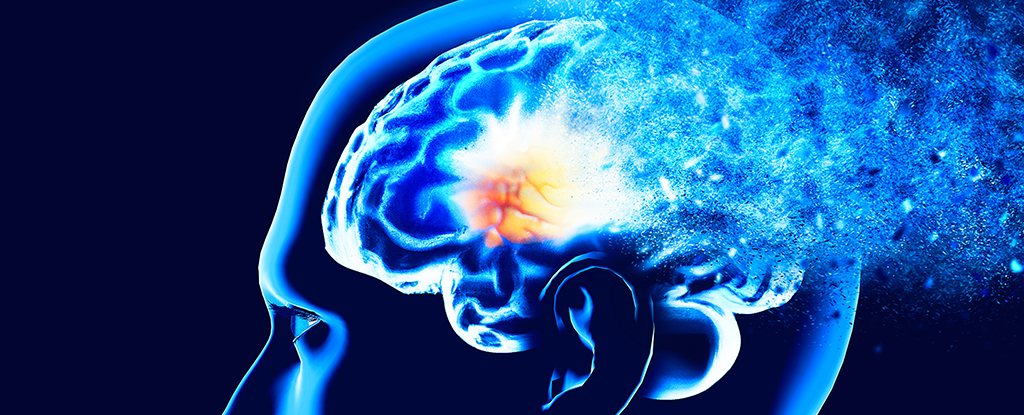One of the main treatments for Parkinson’s disease can over time lead to shaking and tremors, limiting its potential long-term benefits.
A new study has found cells in a critical area of the brain that respond to the medication in a way that resembles processes in memory formation, suggesting side effects might be avoided by blocking these ‘bad memories’.
L-DOPA (or Levodopa) aims to replace the deficit of the chemical dopamine in Parkinson’s brains: It’s not a cure, but it can ease the severity of the disease. Unfortunately, after prolonged use of several years it can trigger dyskinesia, a condition that leads to uncontrollable movements like twitching, swaying, and head bobbing.
“Instead of looking for a completely alternative treatment, we wanted to see if there was a way to prevent dyskinesia from developing in the first place,” says pathologist David Figge, from University of Alabama at Birmingham (UAB).
In tests on mice, Figge and his team tried to identify why L-DOPA was leading to dyskinesia. They found evidence of activity in a part of the brain where motor control is handled called the striatum. On further analysis, they found the mechanisms looked similar to the process of memory formation.
Neurons known as D1-MSNs were responsible for most of the activity, expressing genes that suggested they were being activated by L-DOPA and forming connections with other neurons – a key process in making memories.
One of the genes expressed by D1-MSNs cells produces a protein called Activin A. When the researchers blocked Activin A in further experiments on mice, the onset of dyskinesia was blocked.
“It seemed like the brain was forming a motor memory, and each time a patient received L-DOPA treatment, this memory then recalled upon every subsequent L-DOPA exposure,” says neurologist Karen Jaunarajs, from UAB.
“In essence, by prohibiting [Activin A] from functioning, we were able to halt the development of dyskinesia symptoms in the mouse models, effectively erasing the brain’s memory of the motor response to L-DOPA.”
Even when patients pause L-DOPA treatment, as soon as it restarts, the dyskinesia comes back. This research may explain why: the brain is hanging on to those same motor memories causing the unwanted side effects.
This all still needs to be tested in humans of course – while mouse models have strong similarities to humans, and are often used in scientific research, these findings will have to be confirmed in people with Parkinson’s.
The hope is that if dyskinesia can be stopped, L-DOPA can continue in its work in reducing the stiffness, rigidity, slow movement, and tremors that come along with Parkinson’s. In the meantime, work continues to eradicate the disease altogether.
“If dyskinesia does not occur, then patients could potentially stay on their Parkinson’s treatment for longer,” says Figge.
The research has been published in the Journal of Neuroscience.




















Discussion about this post